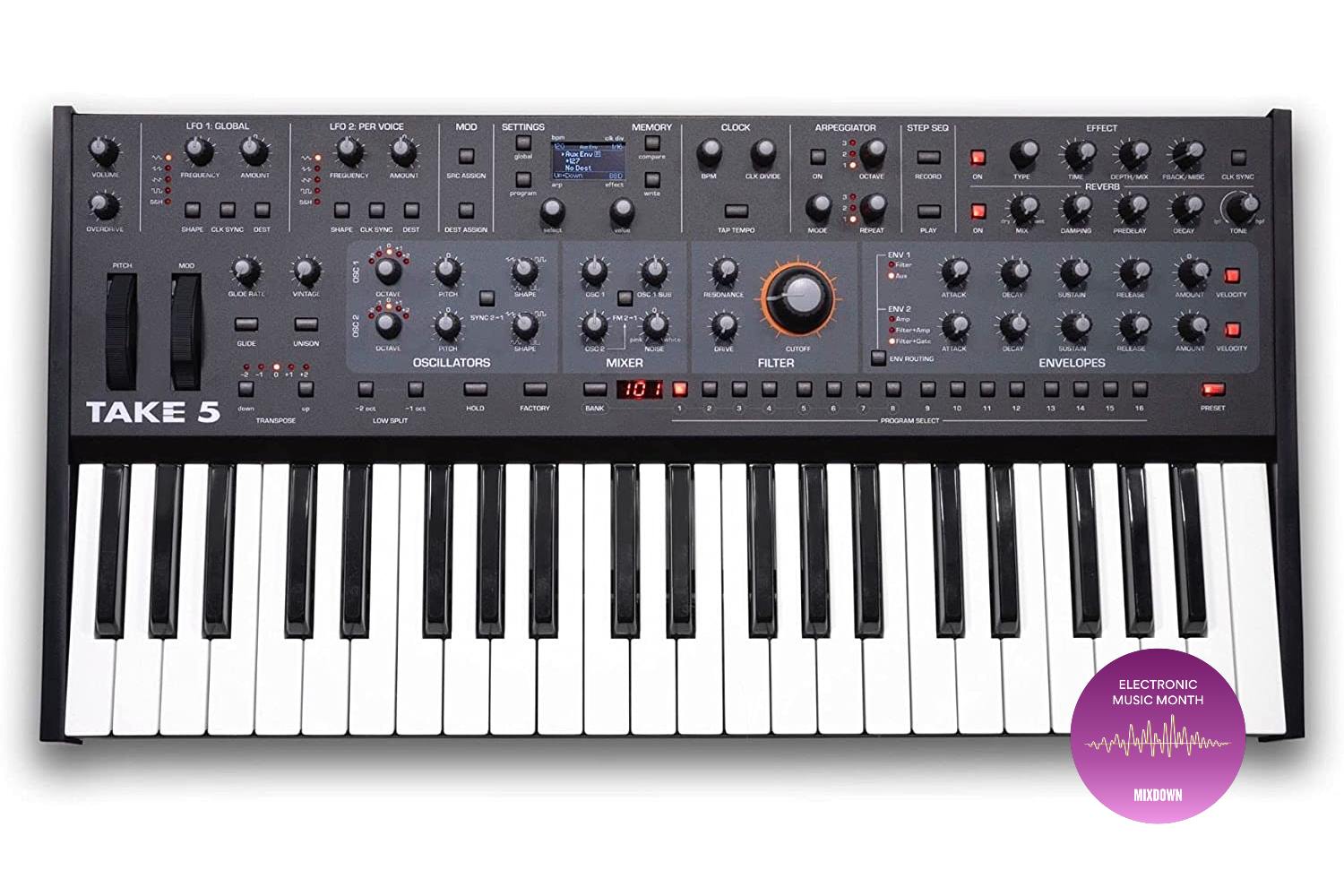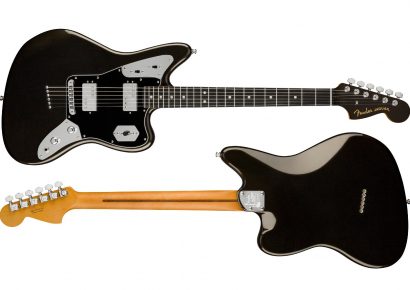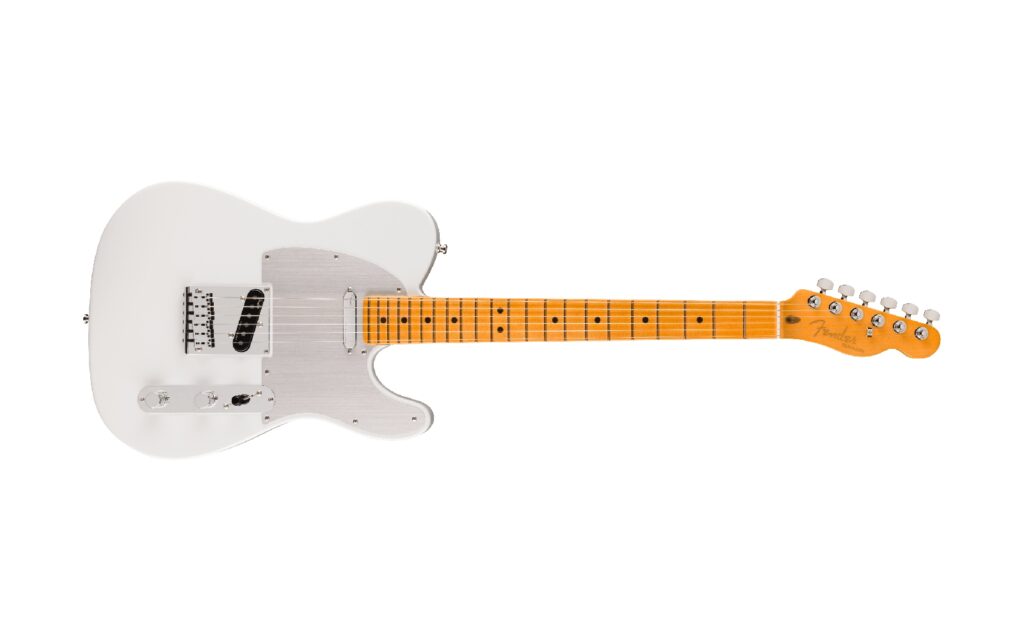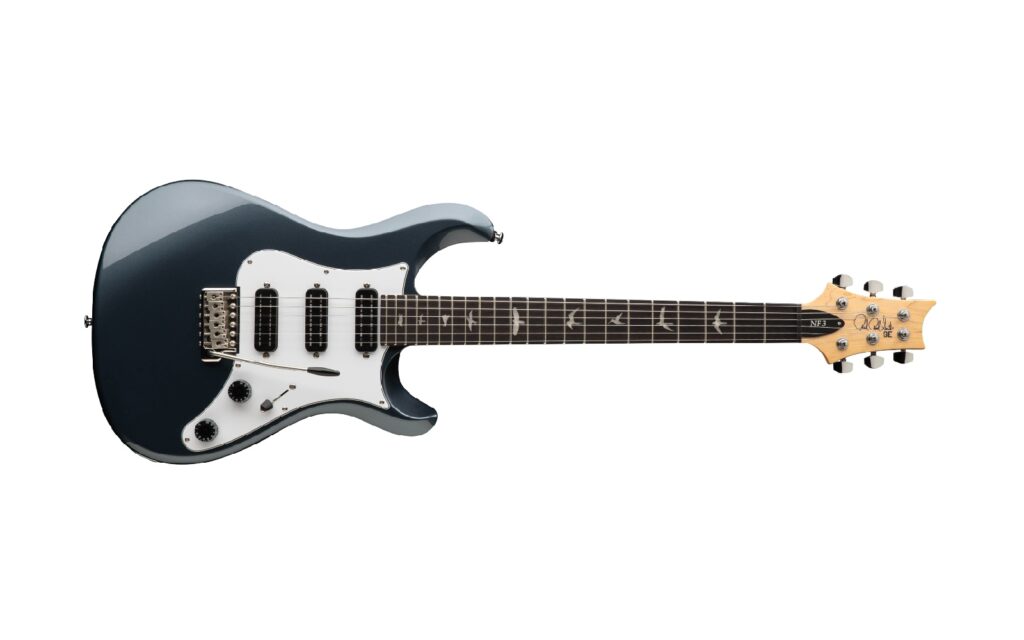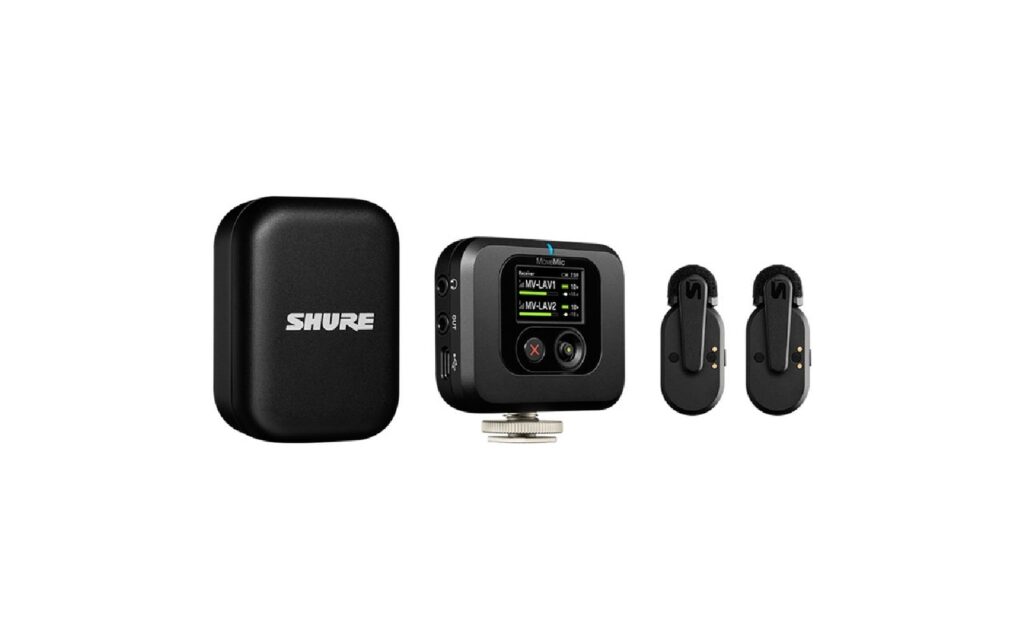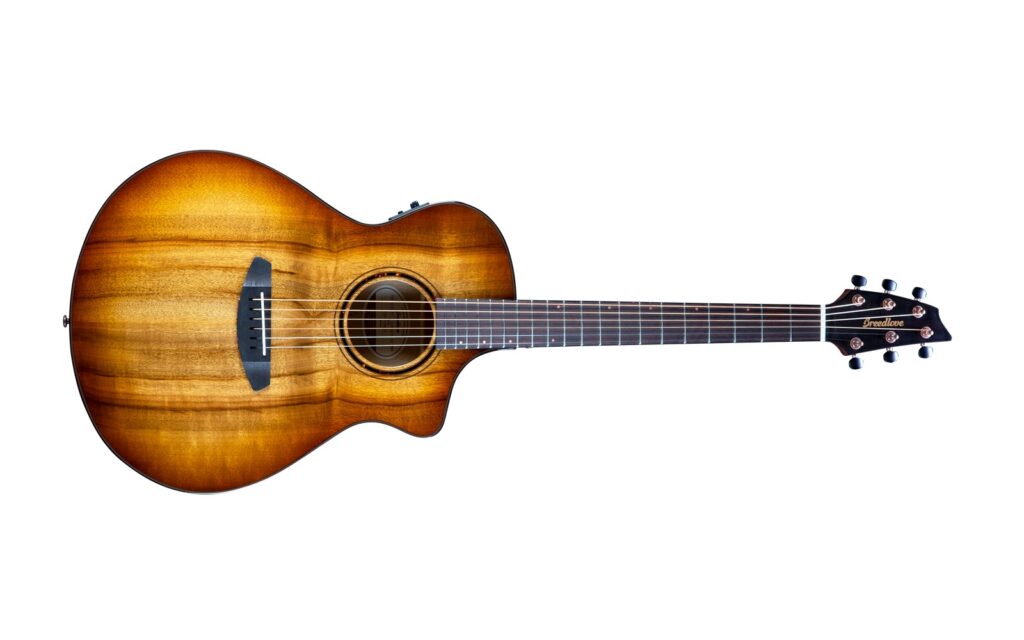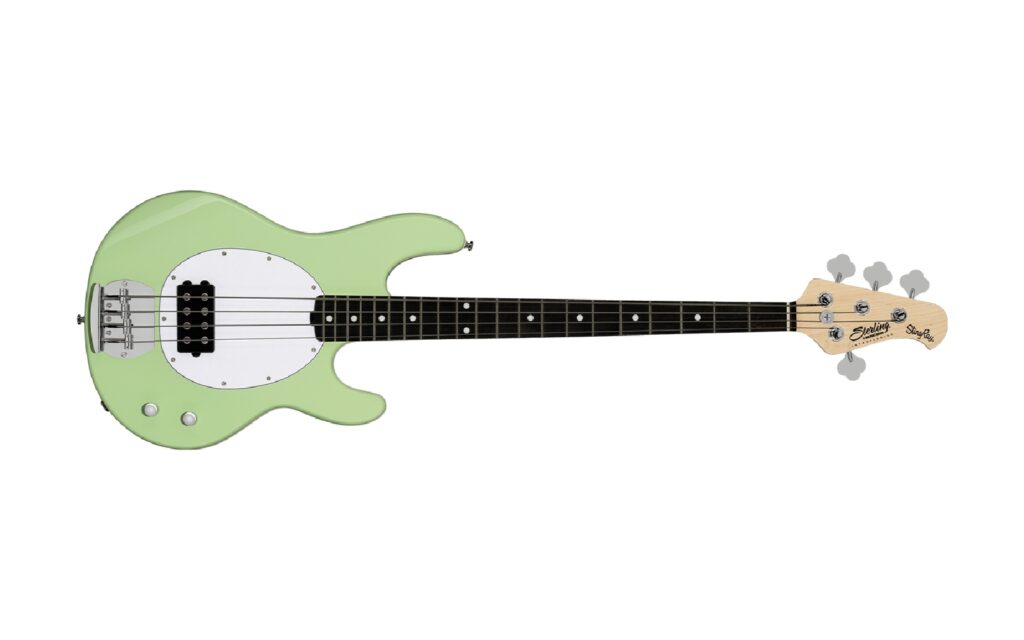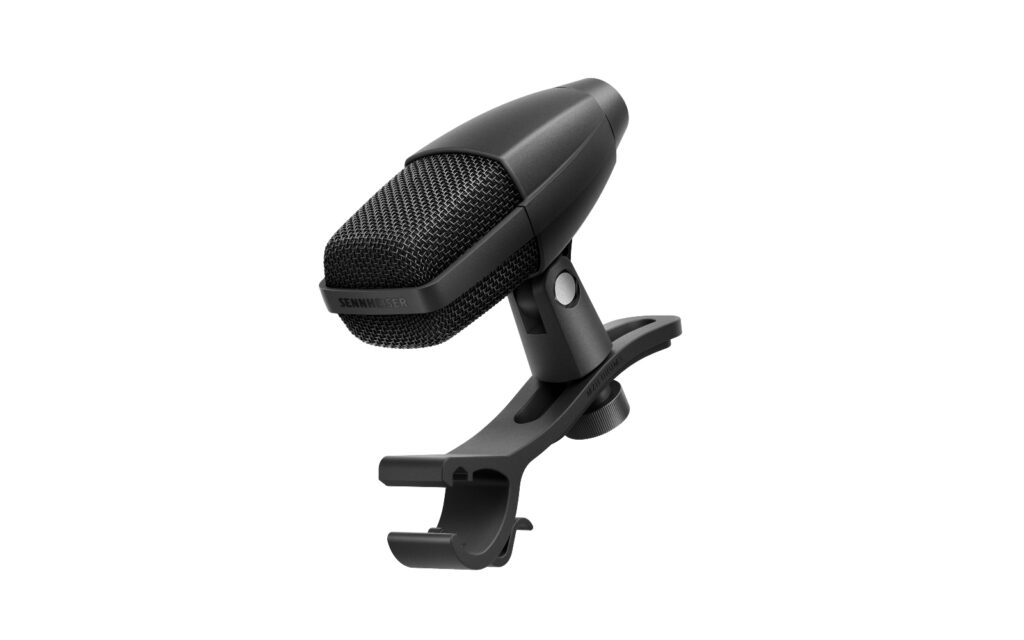Focusrite Australia | RRP: $2,199
Sequential make premium instruments that inspire an almost religious zeal from their fan base. A certain level of sonic and material quality is associated with the brand that continues to create flexible and refined synthesisers that carry on their revered legacy.
It’s been a few years since the Mopho or Tetra – their two most compact instruments – and with the new Take 5, they’ve struck a sophisticated balance between portability, as it’s the only synth in their lineup that has an optional backpack enclosure, and analog legitimacy in the form of dual VCO oscillators. With five-voice polyphony, it covers most bases (not to mention basses) well and certainly lends itself to live performance by offering a flexible and beefy engine in such a modest-sized enclosure.
Read more product reviews here.
Upon first seeing the Take 5, I was struck by the miniature look of it. It’s not tiny, but it was more the fact that its aesthetic design resembles a regular synthesiser made small, given it’s not a sparsely populated board with few knobs to cut costs or a ‘let’s make this as small as it possibly can be!’ approach either. Having seen pictures online I just wrongly assumed it would be bigger than it was – an odd experience. It’s built to the high standard we’ve come to expect from Sequential, the knobs have the right resistance with zero wobble, the buttons are hard but not too hard to press, and the LED screen is crisp and easy to read. The sleek charcoal case looks professional yet understated; it’s not boring black but it’s not hectic RGB cheese either.
Five-voice polyphony is uncommon but is the namesake of Sequential’s most famous synthesiser, the immortal Prophet 5. While it isn’t the ideal count for huge pads, it’s close enough to the cover-most-bases approach of other best-selling synths. It’s exciting new territory for Dave Smith, as unlike the aforementioned Mopho and Tetra, it still features a three and a half octave Fatar keyboard and 47 knobs for tactile control of most of the engine’s functions.
The two VCOs are lively and agile with variable waveform shapes, a Sub Osc and a noise generator (pink or white). There’s hard-sync and frequency modulation from Osc 2 to Osc 1. For the lovers of the smell of acrid-leaking capacitors and all things dusty, a ‘Vintage’ knob keeps sonic instability and subtle voice variance close at hand.
Beyond the knobs, in the Oscillator menu you can find less commonly used features such as separate glide amounts for each oscillator or disabling key tracking for atonal or sound-effect-style LFO pitch-modulated patches. The oscillators can also be independently fine-tuned or in the Global menu, set to microtonal scales as favoured by Wendy Carlos or Aphex Twin.
Except for the Prophet X, the Sequential brand is synonymous with Curtis CEM filter designs. It famously broke tradition in 2018 with a SSM filter design. The Take 5 also features SSM filters modelled after the most acclaimed revision of the Prophet 5, and compared to the CEM classics like the Prophet 08/Rev 2, they’re a refreshing change. They particularly shine in the sounds this synth excels at; punchy resonant basslines and sweepy sparkling leads. A dedicated filter drive knob makes uncovering the filters’ sweet spots a tactile delight.
After the initial thrill of tweaking the raw building blocks of the Take 5 starts to wane, it’s time to dive deeper into sound design with the two LFOs and the Mod Matrix. LFO1 is global compared to LFO2 which operates on a per-voice basis. Both extend well into the audible range and can be free-running or synced to the arpeggiator/sequencer and alternated between the two modes at the press of a button, perfect for switching up the modulation chaos during a performance. There are also buttons for selecting each LFOs destination, and similarly, the Mod Matrix Source and Destination buttons make routing a fast and efficient process. With 19 Sources and 54 Destinations (16 of which are other modulation amounts), there are vast sonic possibilities to explore. For example, routing a Sample and Hold shaped LFO to the FX balance is a great way to introduce some evolving depth and texture.
While the Arpeggiator is essentially the classic design you’d expect, being able to switch the clock division, operation type, and note repetition with the dedicated dials on the fly add some welcome playful interaction. The Step Sequencer steps beyond the norm by being polyphonic. Between the overdriven output and the tie and rest style of the step sequencer, there’s a lot of fun to be had programming basslines and playing the lead over the top. Alternatively for the virtuosos, there’s a split function to separate the upper and lower octaves, allowing you to increase the chromatic scope of your keyboard, alleviating the claustrophobia of being confined to just three octaves, all too common these days due to the recent trend of smaller and smaller synthesisers.
Sequential · Take 5 Audio Demos
Being a VCO poly, it wouldn’t be complete without a Unison function to stack the oscillators into a monster mono synth. You can restrict the number of voices stacked if all five are too muddy and adjust the spread to dial the pitch variance in with precision. House and Hardcore producers alike will be excited to learn that the Unison also doubles as a Chord Memory feature. Dissonant rave chords for days!
The digital FX engines superbly polish the sounds and like so much of the Take 5’s functionality, are perfectly suited to live performance. Delays and reverbs create a pleasing ethereal backdrop for pads, while the chorus, flanger, phaser or ring-mod can be the missing ingredient to commanding, dramatic leads. An analog overdrive on the final output is the finishing touch to get the Take 5’s sound exactly where you want it in the mix.
While there is a lack of bi-timbrality, the more mature a composer I become, the more I value not wanting to dominate the entire spectrum with one instrument, and there’s always multitracking if your project demands it.
To sum it up, Dave Smith and the team at Sequential have done it again. They’ve packed a whole lot of dynamic synthesiser functionality into an efficiently compact enclosure. The purists will love the classic tones and the modern producer will be thrilled with the flexible engine. Owners of even the most restrictive studio space or desk, will make room for an instrument of this calibre. Sheer quality and rock-solid reliability have made Sequential the go-to for live performance for years and I expect many touring artists will be excited at the prospect to trade up for the Take 5.
Head to Sequential for more information. For local enquiries, get in touch with Focusrite Australia.
